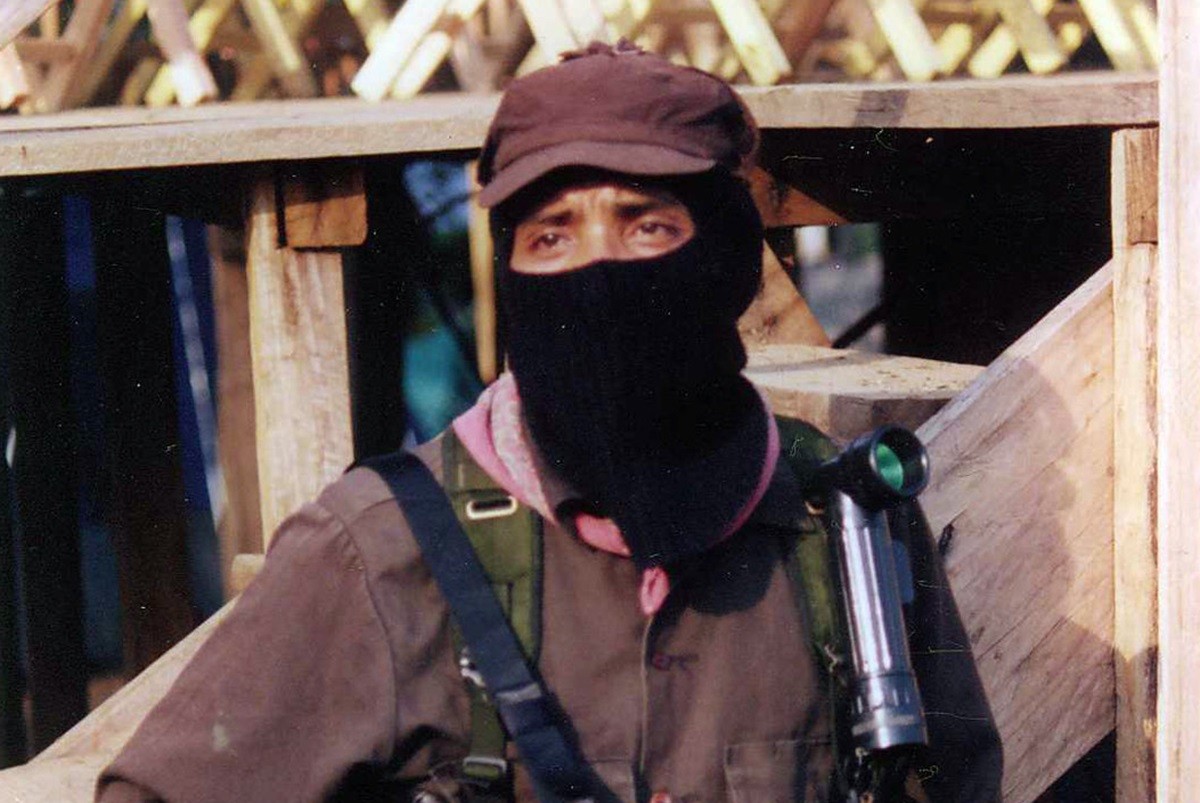
It’s Going Down contributor Scott Campbell reflects on a recent announcement from the EZLN in Chiapas, Mexico.
Several people have asked my thoughts on the recent announcement by the Zapatista Army of National Liberation (EZLN) that the Zapatista autonomous municipalities (MAREZ) and Good Government Juntas (JBG) have been “disappeared” or dissolved. I’m firmly of the opinion that it doesn’t matter what I think, and what I have to say would just be speculation, but I figured I’d have a go at it. There are numerous, complex factors to take into consideration when trying to understand this decision and the motivations behind it.
The primary one is that, as the EZLN has finally recognized in this statement, Chiapas is in crisis. There are wars playing out between the Jalisco New Generation Cartel and the Sinaloa Cartel along the mountains and borderlands of Chiapas. There are other paramilitary groups active in the interior of Chiapas. While the EZLN has not acknowledged it, all these armed groups have impacted Zapatista support territories, creating internally displaced Zapatistas, along with other civilians.
Complicating this situation is that fact that the EZLN has a policy, unlike many other autonomous communities, of non-engagement and non-self-defense. This means that, while they have weapons, they do not allow the communities under their control to defend themselves against paramilitary attacks, nor does the Zapatista Army take armed action on behalf of the defense of their communities.
As a result of paramilitary violence, the EZLN has been losing territory and seems unwilling or unable to defend it and their bases of support. The EZLN has also been losing territory due to the defection of former Zapatista communities to the political party-based system. Most notably, this has occurred in La Realidad, once a critical Zapatista hub that is now under the control of the right-wing PES party.
When the EZLN claims decisions have been made because of consultations, one must be skeptical of how these decisions have actually been made, who initiated the proposals, and who has the final say. Recall that these statements are coming from the EZLN, not the Zapatista support bases themselves. Ultimately, the CCRI-CG of the EZLN (the armed forces wing of the movement) is unaccountable to the bases of support, the MAREZ, and the JBG. They are also hierarchically organized. If the armed wing is losing territory and support among its bases, it may very well have dissolved the MAREZ and JBG of its own accord and will be putting something else in its place.
As of this moment, it is not clear how the autonomous communities belonging to the Zapatistas are being run, how decisions are being made, and who is in charge. At the same time, it is not uncommon for the EZLN to reorganize itself. Before the MAREZ and JBG, there were the Caracoles (which still exist), and before that, the Aguascalientes. We’ll see what emerges next. What was wrong with usos y costumbres (traditional Indigenous forms of decision-making) in the first place is unclear.
What is clear is that the EZLN, like Chiapas itself, is in crisis. Otherwise, this move would not have been made. They have been silent since March 2022 until now over the situation in Chiapas, have given up on their promised resistance to the Tren Maya, and in general seem to have withdrawn internally, allowing the National Indigenous Congress (CNI) to act as their front group in navigating relationships with national and international civil society.
photo: Cesar Bojorquez on Flickr Creative Commons, CC BY 2.0




